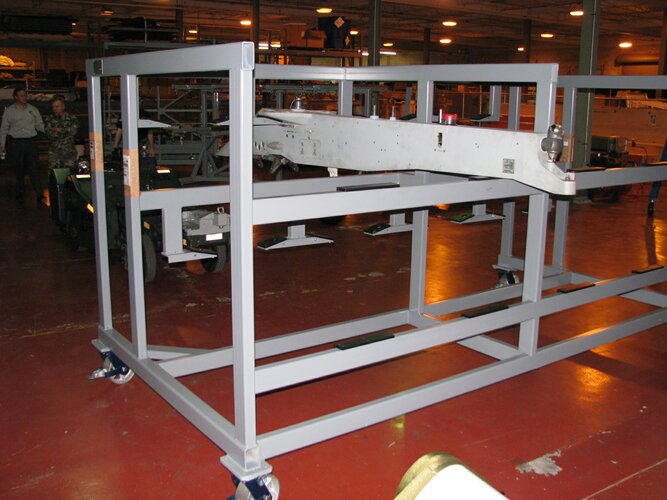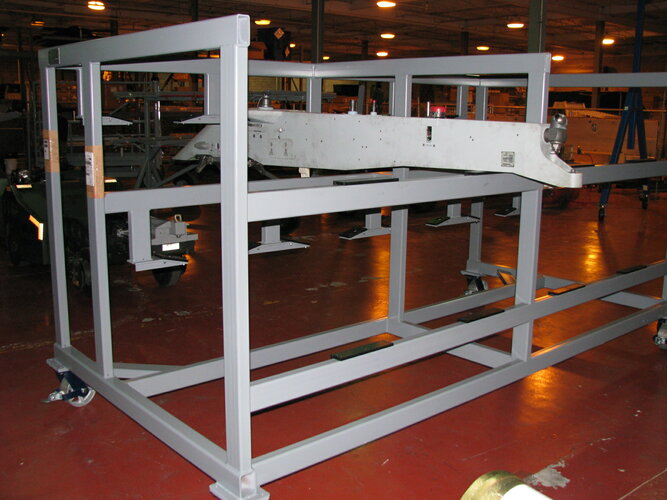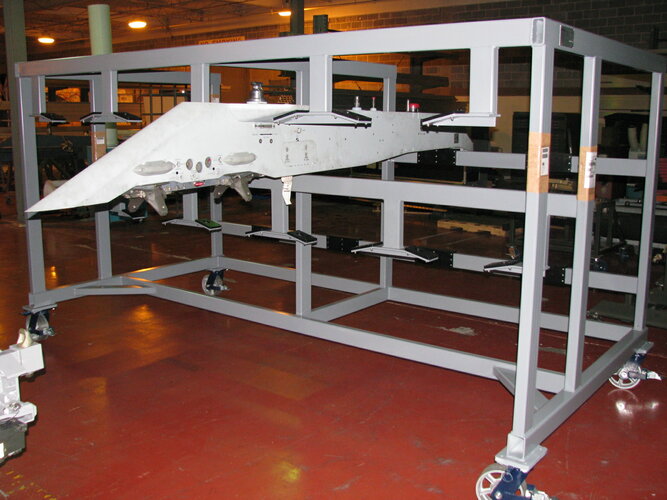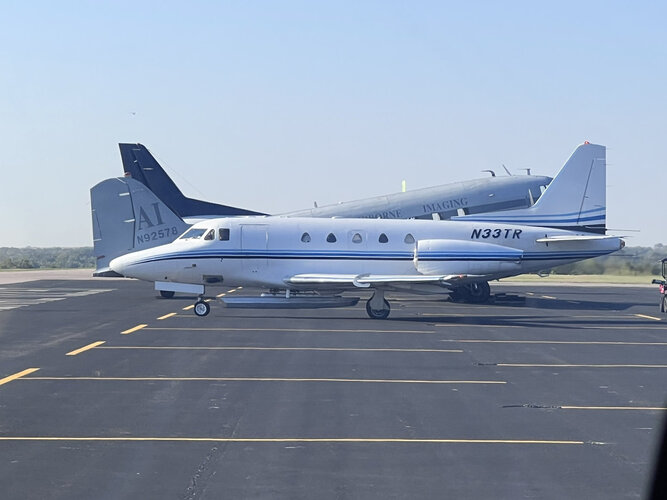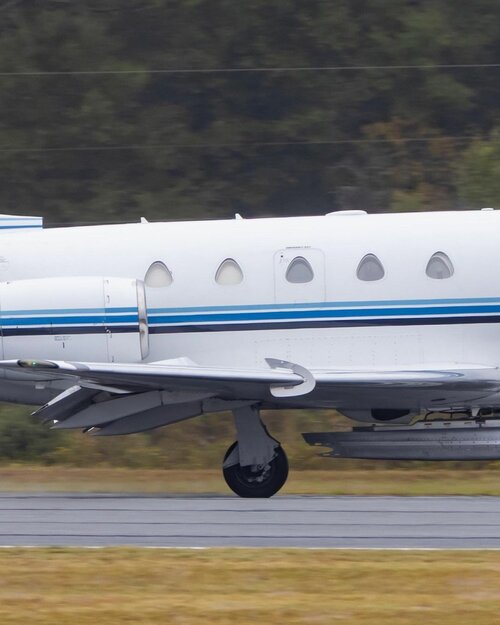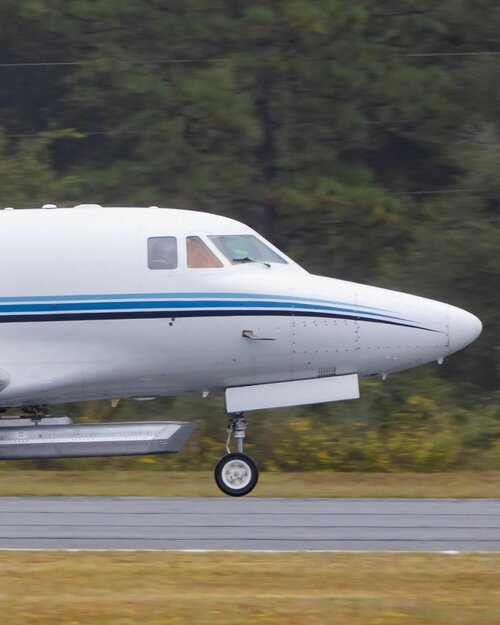I would think that improved sensors, i.e. an IRST, possibly expansion of the AN/AAR-56 MLD into some kind of EODAS, or even using the EODAS hardware itself. Radar upgrades and improved connectivity, like the MADL as an IFDL replacement, LINK16 TX capability and upgrade to the latest standard, sensor fusion enhancements to take advantage of new/improved sensors and ofcourse new weaponary incl. AIM-260 etc. Certainly improvements in the RAM coatings and where feasible structures would be invitable. Whether an a new engine is necessary, let along affordable is yet another question. Likely ECS and PGS upgrades and maybe an engine life and performance enhancement could do the trick. I don't think that more thrust performance is required, but that fuel economy and performance increase for increased cooling and power generation are more important. Range and endurance is certainly the greatest drawback of the Raptor, albeit the new LO tanks should help to alleviate that issue, with some drawbacks.




